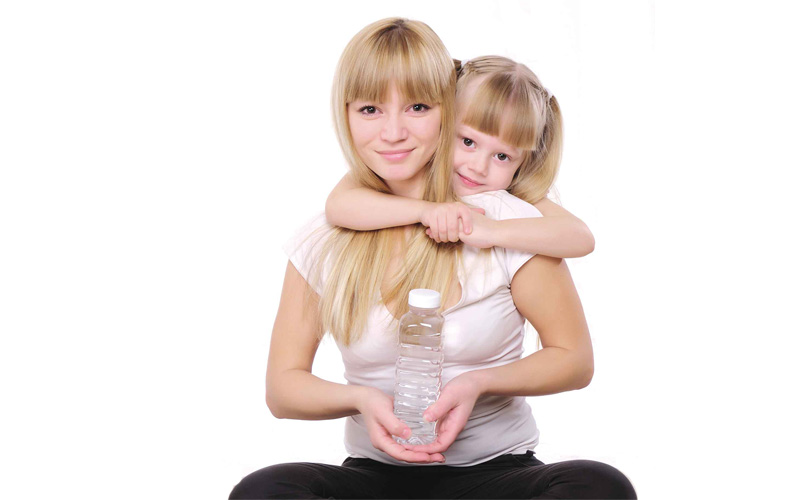What’s in a bottle of mineral water?

The importance of reading food and beverage labels extends beyond recognising health benefits and measuring caloric intake. Even with something as vital and simple as water, staying hydrated should also mean staying informed as bottled water labels can offer more insights than we believe they do.
Water hydrates and helps regulate body temperature; this is especially important for children who are physically active or living in hot climates like the UAE’s – all without adding calories to their diet, but are there any components which can make it more difficult or harmful to drink water?
“Sodium is the first ingredient to look out for as high sodium can raise blood pressure. You should also look out for high levels of minerals. If they’re too high, they make the water difficult to digest,” says Stefano Lorini, managing director of Memag Trading, Monviso water’s distributor in the UAE.
It’s often assumed that water has no sugar content, but some bottled water brands may have added sugar, another ingredient to look out for. If the label shows calories, that means sugars have been added. Furthermore, you’ll find that ingredients vary from one brand to another; bottled water companies purify water, but then add extra ingredients back.
The good news is: mineral levels are often too low to cause any health problems, but they may cause variations in taste with some brands having a saltier, more bitter quality to them making low-mineral water more appealing to the majority of consumers. Better-tasting varieties may make it easier to consume larger amounts of water, but can that effect always be considered positive?
“To avoid dehydration and make sure your body has the fluids it needs, you should make water your beverage of choice. If you drink enough so that you rarely feel thirsty and your urine is colourless or light yellow, your fluid intake is probably adequate,” explains Stefano.
“Although uncommon, it is possible to drink too much water. The higher the sodium levels in water, the more likely the body will retain it. Given the increasingly processed, high-sodium diets we follow today, low-sodium mineral water can help clear the body of toxins and support ideal-weight goals.”
As for children, they may need to modify their total fluid intake depending on how active they are, the climate they’re living in and their health status. For example, hot or humid weather can make them sweat and requires additional fluid intake. When kids have fever, diarrhoea or are vomiting, their bodies lose additional fluids. In these cases, they should also drink more water.
5 simple steps to make your children drink more water
- Make it available: when they see water, they’re more likely to drink it.
- Know the right amount, the recommended daily water consumption for children is:
- 6-7 cups for 4 to 8-year-olds
- 8-9 cups for 9 to 13-year-olds
Remember this is just a guide, every child is unique and so are their body’s requirements.
- Monitor their hydration levels, children may be at a greater risk of dehydration than adults for several reasons, one of them being that they don’t often voluntarily drink adequate amounts of fluids during physical activity, so make sure they drink water before, during and after any type of exercise, especially in hot weather.
One of the more practical ways to assess your child’s hydration levels is through the colour of their urine. A clear urine means your child is well-hydrated. The darker the colour, the less hydrated your child is and the higher the need for drinking water.
- Be a role model: Encourage your children to drink water more regularly. Make sure to drink water in front of them in order to encourage them to adopt the behaviour themselves.
- Make the act of drinking water easy and entertaining by using fun straws and cups at home or playing water-themed games; you may also try adding a lemon wedge or squeezing a little bit of fresh orange juice in for some taste.
